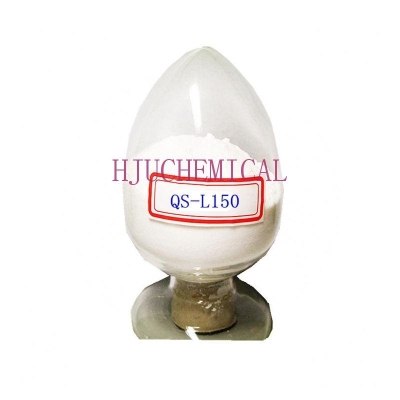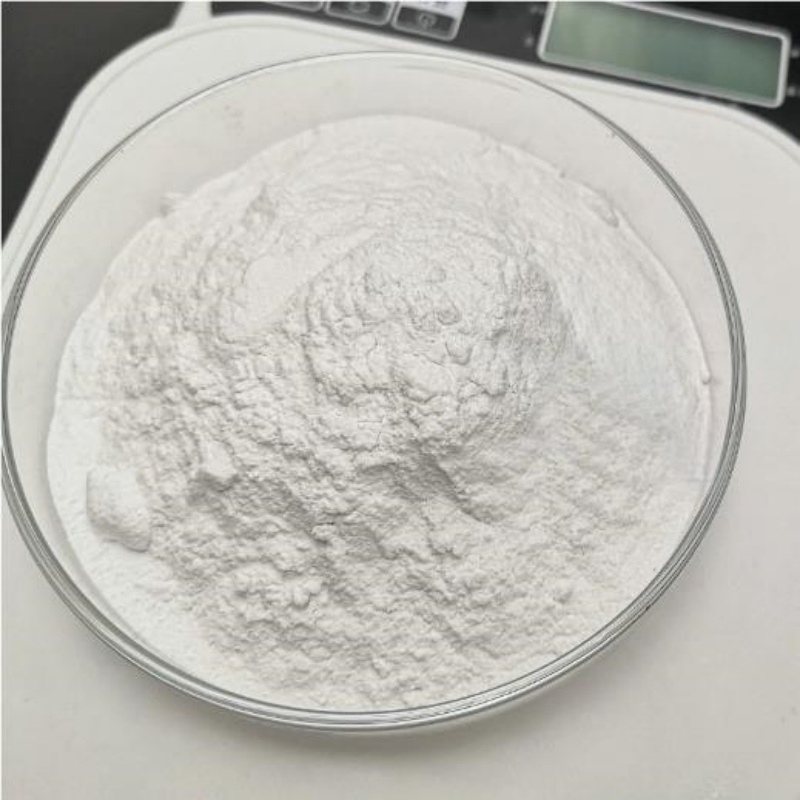-
Categories
-
Pharmaceutical Intermediates
-
Active Pharmaceutical Ingredients
-
Food Additives
- Industrial Coatings
- Agrochemicals
- Dyes and Pigments
- Surfactant
- Flavors and Fragrances
- Chemical Reagents
- Catalyst and Auxiliary
- Natural Products
- Inorganic Chemistry
-
Organic Chemistry
-
Biochemical Engineering
- Analytical Chemistry
-
Cosmetic Ingredient
- Water Treatment Chemical
-
Pharmaceutical Intermediates
Promotion
ECHEMI Mall
Wholesale
Weekly Price
Exhibition
News
-
Trade Service
According to data from S&P Global Platts, on December 30, butadiene in Asia fell by US$35/ton to US$555/ton CFR China, the lowest level since August 2020, due to the bearish sentiment of rising production in China drag
.
Market sources said China's December butadiene production is expected to be around 330,000 to 340,000 tonnes, up about 1% from November, and is expected to rise further in January as plant operations pick up
.
Sinopec Zhenhai Refinery & Chemical Co.
Ltd.
(ZRCC) plans to start up a new 165,000-ton/year butadiene plant in Ningbo in early January, a source at Sinopec Zhenhai Refinery & Chemical Co.
Sinochem Quanzhou plans to restart its 127,000-ton/year butadiene plant in Quanzhou in January after maintenance
.
Platts data shows that under the circumstance of rising production, China's local butadiene price has also fallen by 200 yuan/ton day by day, and the assessed price is 4,100 yuan/ton, or 558 yuan/ton based on import parity
.
The price is the lowest since July 23, 2020, when the assessed price was RMB 4,000/ton
.
The spread between butadiene and naphtha moved further into negative territory on December 30 as the butadiene market softened and the CFR Japan naphtha price benchmark rose $6.
75/t to $742.
25/t on a daily basis.
It reached a multi-year low of minus $187.
25/ton
.
This spread is much lower than the typical breakeven spread of using naphtha to make butadiene, which is an additional $300-350/t, although by-products ethylene and propylene are still profitable
.
Against the backdrop of a bearish Chinese market, Asian suppliers continue to seek opportunities to export outside Asia
.
About 10,000 tonnes from South Korea to the U.
S.
in January-February have been identified, market sources said
.
For the mid-January load, 5,000-5,500 t of cargo is heard to be fixed at the high price of $600/t FOB Korea, while another 5,500 t of cargo is heard to be fixed for the mid-February load, based on US contract pricing formula
.
The arbitrage window from Asia to the US remains open
.
The position difference between Asia and the U.
S.
was calculated at $642/t, above typical freight rates of $300-350/t, Platts data showed
.







